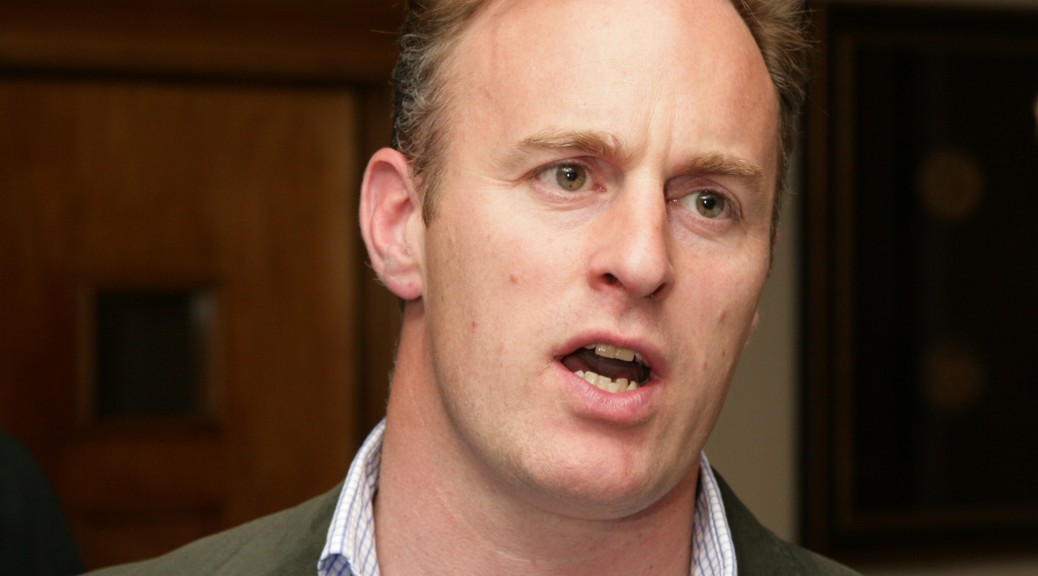
Despite all the commentary and hype surrounding startups, there’s a reason that many fail to develop into bigger companies. The lean and hungry startup is not only able but supposed to take risks that more established firms cannot do owing perhaps to both organisational inertia and inflexibility. While this often results in more ‘failures’ than it does long-standing successes, the risks startups take can be of enormous teaching value in terms of providing case studies to larger, more well-established companies about what went right or wrong.
Likewise, start-ups looking to transition to the next stage could learn an awful lot from larger companies — once startups themselves — about long-term development and consolidation of both the brand and internal culture. Startups lack the kinds of structure and procedures which characterise established firms, but these will need to be implemented if a startup wants to take it to the next level. There are a lot of opportunities for both sides to share good practice and learn from each other.
The exchange of ideas and good practice between big, established companies and startups is often derided as superficial ‘innovation theatre’. Adopting the ‘perks’ of startup culture, such as open-plan office layouts or staff canteens, corporations posture and make it appear as if they are ‘innovating’ while sales continue to stagnate and the firm fails to break into new markets. They’re still just as rigid as before, having failed to learn the real lessons from startups about problem-solving, risk-taking, and experimentation. Investors remain conservative and management less entrepreneurial.
While startups do often successfully seek efficiencies by shaking up work patterns or by cutting through red tape and bureaucracy normally faced by bigger companies, it’s “how startups attack problems and mobilise talent that makes them unique,” argues Zachary Johnson for Forbes. “It’s being able to focus single-mindedly on one problem that allowed Salesforce.com to become the king of CRM. It was a reputation for hiring brilliant people that made Google such a desirable place to work.” For him, startups bring discipline to ‘mistakes’ (ideas, trial, error, iteration) building a safe space to incubate new ideas.
Building a space for corporate experimentation must have a clear end goal or objective in place to maximise resources. Both startups and corporations must strike a balance when learning from one another – taking too many cues from startups is untenable and risky for a company with a stable portfolio while inheriting a rigid organisational approach from larger companies can strip startups of their edge that makes them successful.
Before any knowledge exchanges can take place or be put into action, there need to be clear boundaries and goals in place. What issues are you aiming to solve by adopting similar practices to companies of a comparatively different size and perhaps even industry to yours? “Startups by nature have to validate their ideas, so they value experimentation and exploration.” Any experimentation or knowledge exchange should likewise be clearly justified.
The rise of ‘intrapreneurship’ could hold the answer to a clear path for knowledge exchange between firms of vastly different sizes and experience levels. Intrapreneurship involves giving employees the means to dedicate their time to pursuing innovative ideas unrelated to their everyday tasks. This gives stakeholders throughout the organisation the opportunity to rise above the ranks, take risks, and pursue new ideas without fundamentally upsetting the regular, productive order of things. The intrapreneur takes risks “within the context of their job in the company” to implement “policies, technologies, and applications that resolve a barrier to productivity increases”. Working in conversation with a wide range of trends outside of the company, and, supported by shareholders and management, these autonomous ‘intrapreneurs’ are able to become key entrepreneurial forces and push the organisation in a new direction and can even result in spin-off brands that have a totally different brand, culture and product line to that of the ‘parent’ company.
Intrapreneurship makes perfect sense in any market that is facing disruption or long-term stagnation, or for any firm that is failing to keep up with the pace of innovation in its industry. Most entrepreneurs of startups want to grow and expand into an empire. As they achieve this ambition, they too will need to implement more structures and controls to ensure the business grows in a particular direction. Intrapreneurship and the acquisition of new business disruptors will ensure that they remain the dynamic and flexible players they were at the start of their journey. Their future could depend on it.
Photo copyright: Christopher Futcher















